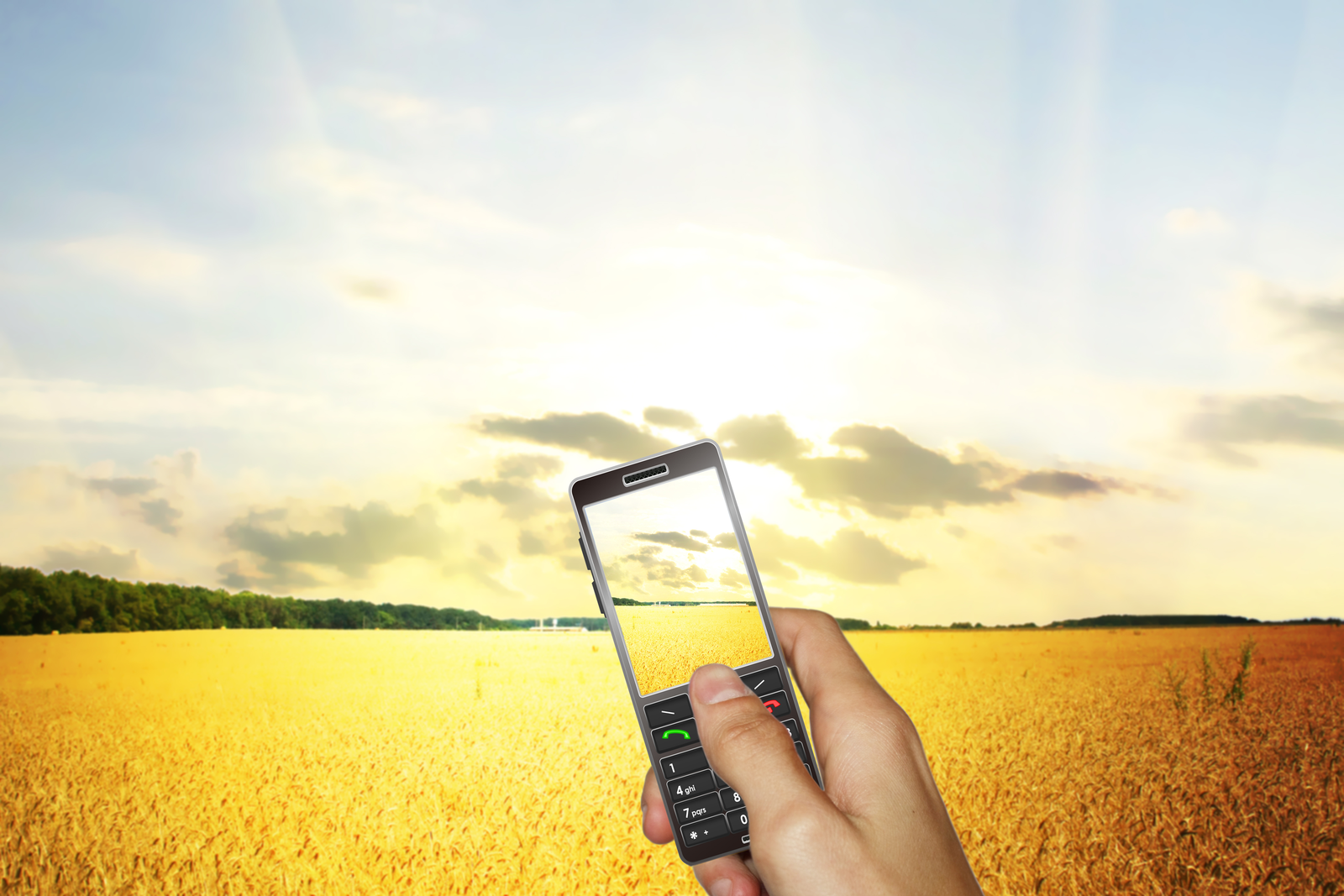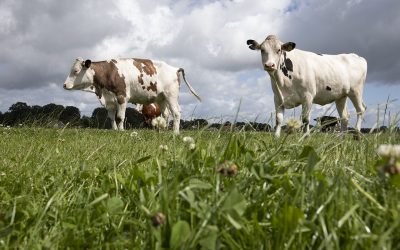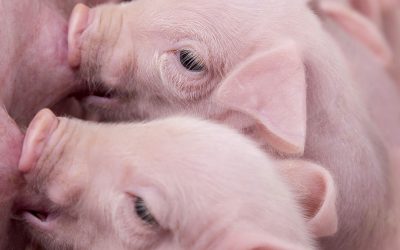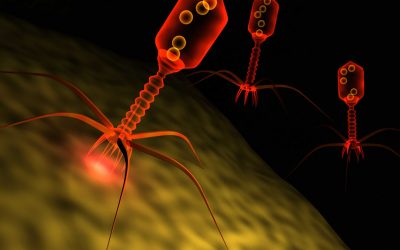The use of mobile technology to managing mycotoxins

A mobile device in combination with rapid diagnostic test strips, geographical tagging and cloud computing could help farmers in rural areas to detect, quantify and track common crop pathogens and hence eliminate mycotoxins.
By Donald Cooper, University of Colorado Boulder / Mobile Assay, Inc, USA
In sub-Saharan Africa (SSA) the absence of centralised food control systems (CFCSs) results in significant vulnerabilities in the food-supply-chain. In particular, inadequate monitoring and epidemiology, poor surveillance data, and lack of laboratory services put the health and safety of millions in SSA at risk. At the same time, the farmers’ incomes and livelihoods depend on their ability to sell or consume the food they grow and store. If their product is found to be contaminated, they face a terrible economic loss and the reality that consumption puts their health at serious risk. In Kenya and Tanzania (totalling around 87 million people), maize is a staple food for much of the population and almost half of the maize grown by smallholder farmers is estimated to be above the legal limit of 10 ppb for aflatoxins.
More cell phones in Africa
Currently, most nations in SSA lack the traditional infrastructure to support a CFCS. But at the same time, SSA is already home to a network of 253 million powerful diagnostic and data collection devices. The storage capacity, camera resolution, processor speed, sensors and network capability of mobile phones now rival some of the most sophisticated laboratory diagnostic and data collection equipment available, but at a fraction of the cost. Despite the ubiquitous use of mobile technology in SSA – even among smallholder farmers–no one has yet leveraged the diagnostic capabilities of these mobile devices for testing or data collection in food safety. Our technology seeks to utilise SSA’s enthusiastic adoption of mobile technology to build a network and empower smallholder farmers to closely monitor maize for mycotoxins using smartphones.
Inadequate testing facilities
While many SSA farmers recognise the potential negative health impacts of mycotoxin contaminated food, their ability to address the problem is limited. Although affected grain is often fed to livestock, mycotoxins can re-enter the human food supply chain in animal products, most notably milk. Amongst this population in SSH, children are most susceptible to the growth stunting effects from Aflatoxin-M1 in cow’s milk. With such a high incidence of mycotoxin contamination, no viable secondary markets for infected maize and grain stores and with no treatment/decontamination solution there is a serious economic disincentive for farmers to test. In the US and Europe, aflatoxin levels are monitored during pre- and post harvest and strict regulations prevent contaminated grain and feed from being consumed.
Grain is tested using UV illumination, immune-based diagnostic tests using lateral flow strips or ELISA (Neogen RevealQ+) or Laboratory-based HPLC methods. In Sub Saharan Africa, where maize consumption accounts for about 21% of the world’s total maize consumption, the governmental testing facilities and extension agents are grossly inadequate.
Government extension staff in Kenya educate farmers and provide limited testing services but there exists only one extension agent per 5000 of the agriculture population.
Increase data collection
How can the Lab on Mobile Device (LMD) platform help solve this problem? The LMD platform, developed in the US, enables smallholder farms and mills to quantify mycotoxins in grain and then decontaminate the infected material to provide a comprehensive solution that scales to the size of the problem. In Africa, there have been 316 million new mobile phone subscribers since 2000. Private sector and government investments in mobile device-related infrastructure accounts for $21 billion a year in new infrastructure across the continent. LMD leverages the availability and computational power of mobile devices for diagnostic monitoring with the goal of preserving the economic value of grain stores for farmers and ensuring food safety for communities at large. Successful deployment of the LMD platform promises to increase the quantity and quality of agricultural data for predictive models of contamination, reduce public exposure to aflatoxin and incidence of associated diseases, and preserve the economic livelihood of smallholder farmers.
How does it work?
Anyone with a mobile device, network or wireless connectivity and camera can use LMD. Neogen Reveal Q+ test kits for the extraction of the aflatoxin from grain/feed are available with instructions from Mobile Assay Inc. The company plans to expand the diagnostic potential of LMD to address not only the food safety problem, but also the larger health related diagnostic needs affecting vulnerable populations in low resource settings. The ones to benefit from this technology are the smallholder maize farmers, dairy farmers and consumers by having access to testing and treating grain and feed.
A better understanding of the factors that promote fungal infections and treatment/decontamination strategies will promote health at the community and population level.
Minimal training is needed to use a mobile device to test for aflatoxin in grain and feed. However, depending of the volume to be tested there must be some training for adequate sampling of material since fungal infections are not typically uniformly distributed. Once representative samples are obtained and mixed then the extraction process is as simple as adding an extraction buffer or EtOH and mixing for a few minutes to allow the aflatoxin to solubilise in the buffer. This solution is then tested using a dipstick like test strip that quantifies the level of aflatoxin in about five minutes. The test strip is placed in the LMD holder and imaged automatically. The calibrated results are reported in ppb to the user and stored in the cloud for further tracking and analysis. Thus minimal training is necessary and most people testing are already familiar with using their mobile devices for taking pictures and transmitting data.
Future outlook
Mobile infrastructure in sub Saharan Africa is estimated to be 80% coverage, which means that the availability of mobile devices, cell-phone towers, data providers and support services is robust. Most farmers, government extension agents, millers and consumers have the necessary mobile technology readily available to them.
[Source: Managing mycotoxins2014]
Donald Cooper, Ph.D is a former Associate Professor and Director of the Optophysiology Laboratory at the University of Colorado, Boulder. He is the Principle investigator for a Bill and Melinda Gates Foundation Grand Challenge explorations grant to develop the Lab on Mobile Device Platform for deployment in Africa.
Donald Cooper will be speaking at the World Mycotoxin Forum on Tuesday, November 11, session 2: 09.55h.











